How SETI sifts through cosmic noise to hunt for alien signals.
Follow Focal Point for more stories on groundbreaking science!
How SETI sifts through cosmic noise to hunt for alien signals.
Follow Focal Point for more stories on groundbreaking science!
TESS is out of this world!
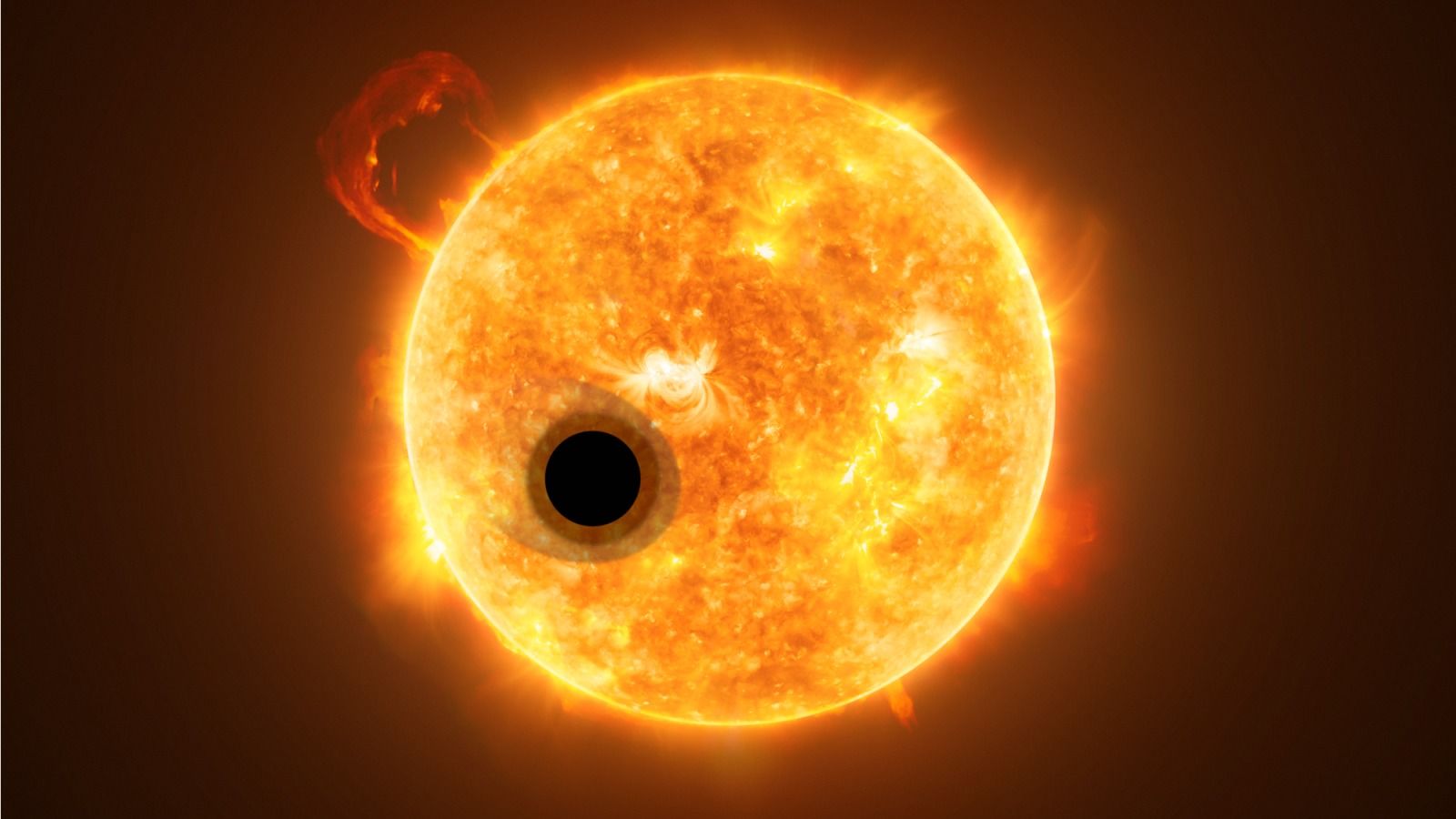
In addition to filling balloons at birthday parties, helium can be found scattered throughout the cosmos. To date, however, scientists have struggled to detect the ubiquitous element on distant worlds, even though the gas is certain to be there. But that’s now changed, thanks to the discovery of helium on a Jupiter-sized world located 200 light-years from Earth—but that’s only part of the story.
“Helium is the second-most common element in the universe after hydrogen. It is also one of the main constituents of the planets Jupiter and Saturn in our Solar System,” Jessica Spake, the astronomer who made the discovery, said in a statement. “However, up until now helium had not been detected on exoplanets—despite searches for it.”
But now, using Wide Field Camera 3 on NASA’s Hubble Space Telescope, Spake’s team managed to detect this strangely elusive substance, marking the first time that helium has been detected on a planet outside of our Solar System. The key to the finding was the use of infrared spectra to study the exoplanet’s atmosphere, whereas previous attempts used ultraviolet and optical wavelengths. This study now shows that the composition of exoplanetary atmospheres can indeed be studied at longer wavelengths. The details of this discovery were published yesterday in Nature.
NASA wants to send a space submarine to Saturn’s largest moon in hopes that it will bring us one step closer to discovering alien life.
Follow Space Crafts for more!
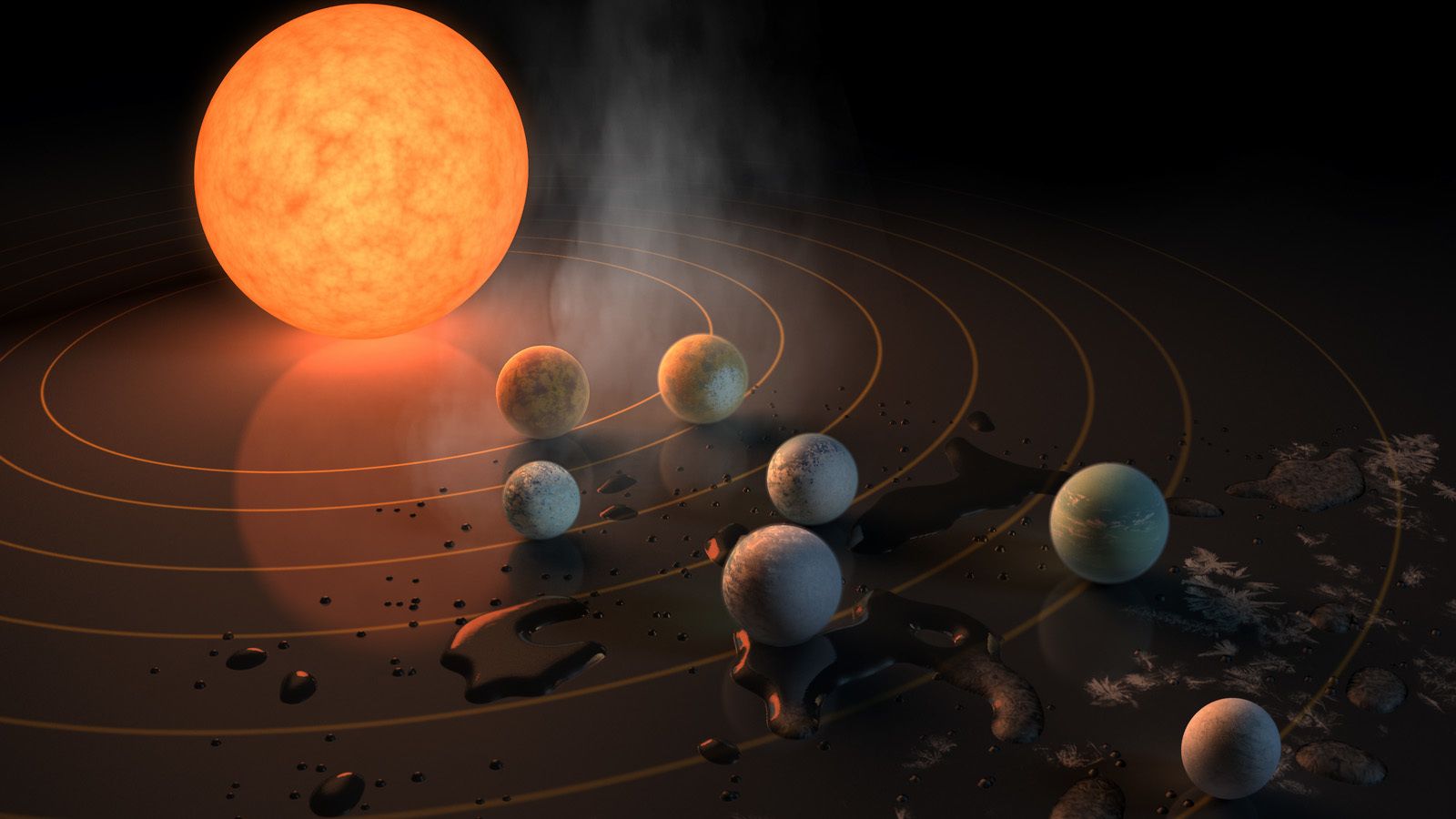
Astronomers using NASA’s Hubble Space Telescope have conducted the first spectroscopic…survey of the Earth-sized planets (d, e, f, and g) within the habitable zone around the nearby star TRAPPIST-1. This study is a follow-up to Hubble observations made in May 2016 of the atmospheres of the inner TRAPPIST-1 planets b and c. Hubble reveals that at least three of the exoplanets (d, e, and f) do not seem to contain puffy, hydrogen-rich atmospheres similar to gaseous planets such as Neptune…at: https://exoplanets.nasa.gov/…/hubble-probes-atmospheres-of…/
NASA’s Exoplanet Exploration Program, the search for planets and life beyond our solar system.

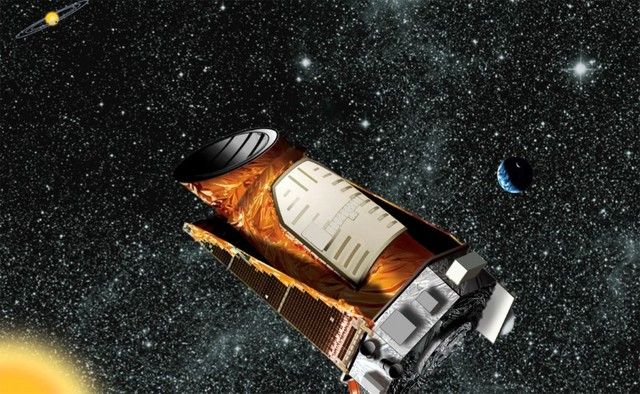
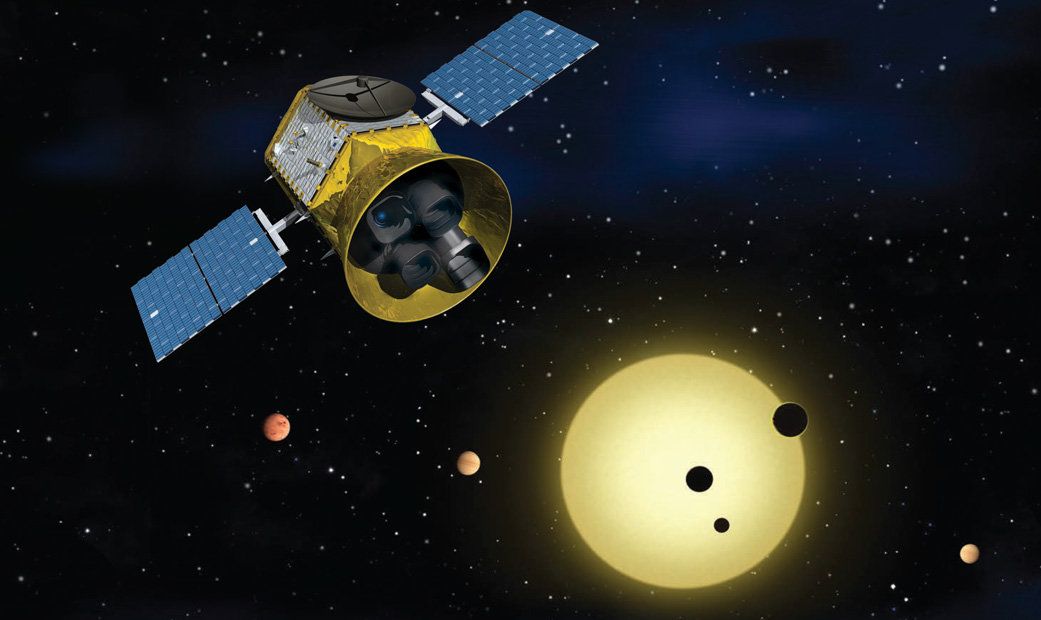
NASA’s new satellite will hunt for alien worlds.
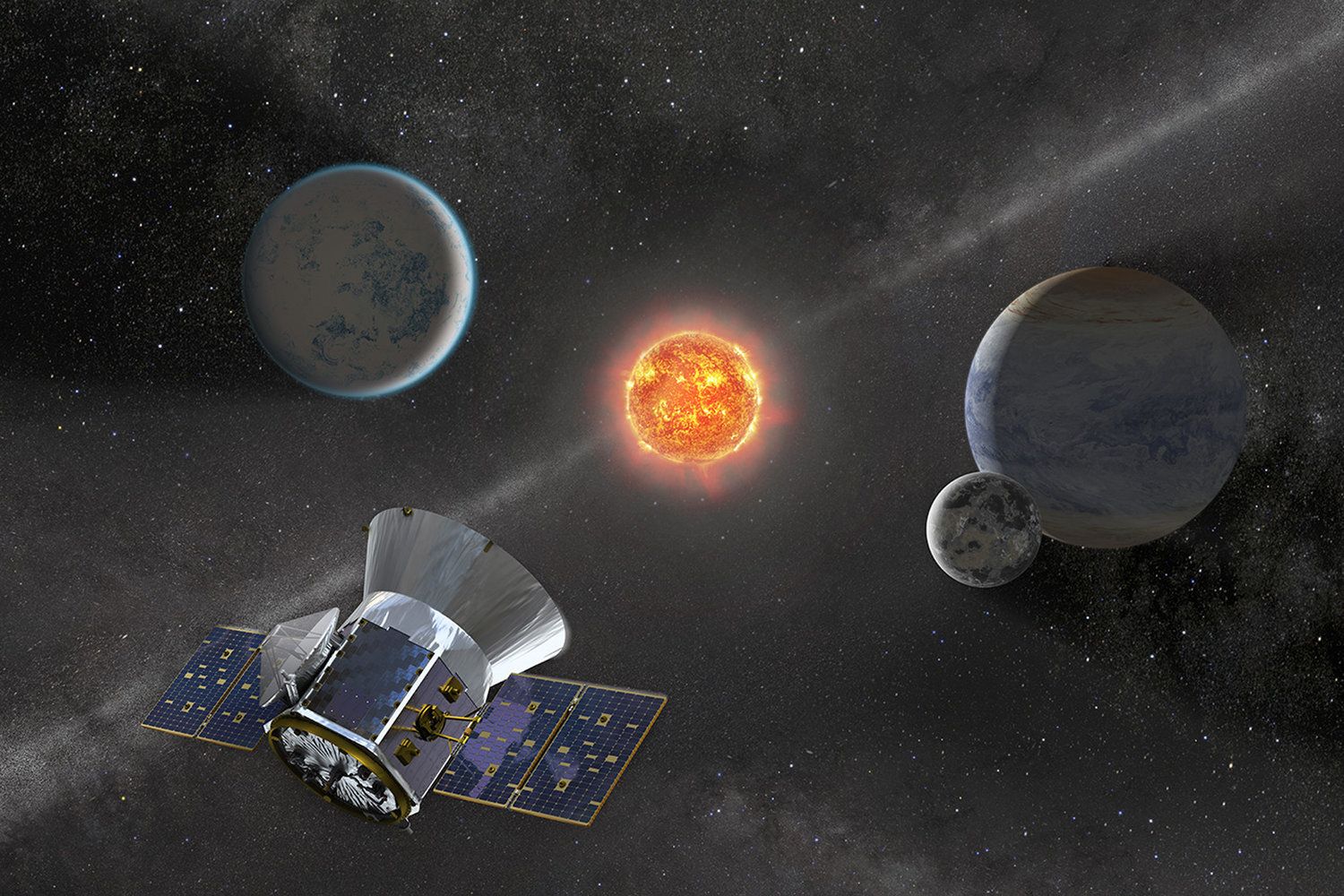
On Monday, April 16, the Transiting Exoplanet Survey Satellite (TESS) will launch from Cape Canaveral Air Force Station in Florida. NASA’s new exoplanet hunter will train its sights on nearer, brighter stars than its predecessors did. If TESS lives up to scientists’ predictions, it could energize our search for life in the cosmos.
When the Kepler space telescope launched in 2009, scientists didn’t know what fraction of stars hosted planets. The Kepler mission was a statistical exploration looking to see how frequently planets occur around stars, Harvard astronomer David Latham told Space.com. “One of the big surprises from Kepler was to find this whole population of planets with sizes between that of Neptune and Earth — and there aren’t any in our solar system, zero — and they’re everywhere out there,” said Latham, who’s worked on the Kepler project for nearly 20 years.
“Kepler is what made us become aware that planets are as common as telephone poles,” SETI Institute astronomer Seth Shostak told Space.com.” But the stars that Kepler was staring at for four years … they were all somewhere between 500 and 1,500 light-years away.” TESS will survey the local neighborhood for planets like Earth. [NASA’s TESS Exoplanet-Hunter in Pictures].